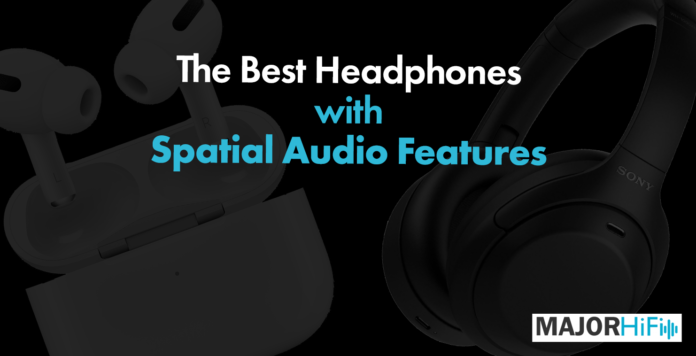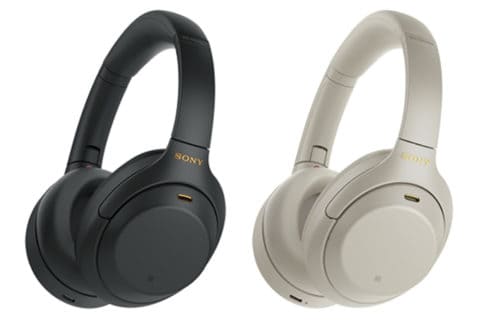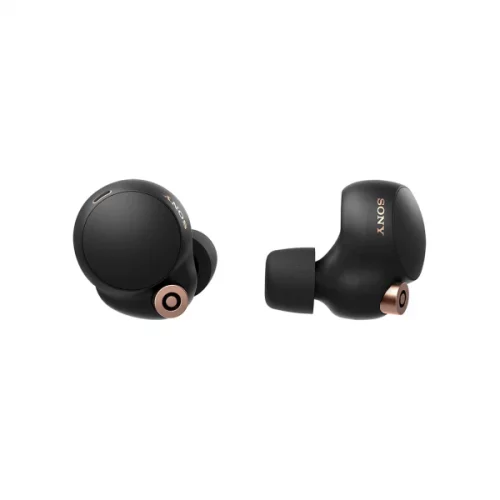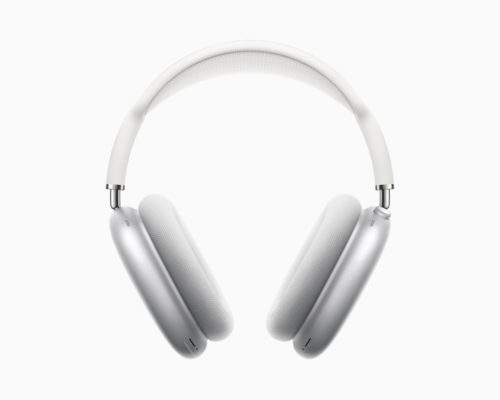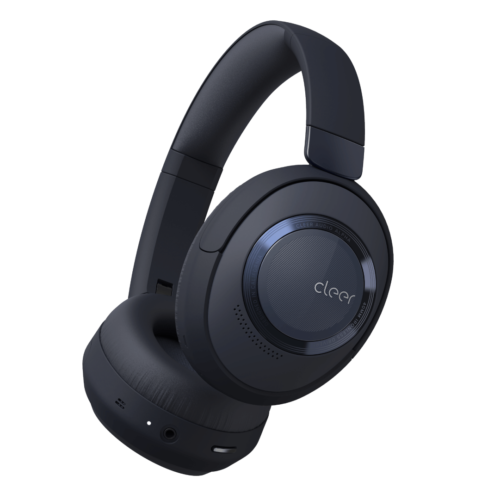With the introduction of spatial audio to most modern music streaming services, popular headphone manufacturers have been working to make the best out of its capabilities. Sony was the first to push the concept by implementing their 360 Reality Audio feature in their 1000 series headphones. Apple helped bring the concept into the mainstream by throwing Dolby Atmos support onto Apple Music seemingly out of nowhere. Now other brands and services are trying to catch up with the latest listening trends, and it can be hard to sort out exactly what headphones use this function. Here is a list of some of the best headphones that use spatial audio features, with some being obvious choices, and others being a little out of left field.
Sony WH-1000XM4
You can really just take any of the recent 1000 series headphones from Sony and put it on this list, all the way from the XM3 to the newly released XM5. I have not tried the WH-1000XM5 yet, so I can’t speak to its quality, but for now, I can recommend you a sure bet like the WH-1000XM4. With the XM5’s release, the XM4 will probably have sales going around too, so even more reason to look out for the previous version. Having played around with the 360 Reality Audio features of Sony products a lot, I can say that its spatial abilities are quite exciting.
Listening to select albums from Tidal that feature Atmos capabilities, I feel like you get the most effective imaging from Sony’s series. It wraps around you and offers an immersive bubble of sound that properly envelopes your headspace. I also believe it to be the more natural of the selections on this list, whereas other wireless products spatial audio more as an effect than a more instinctive expansion of the headphone’s soundstage.
Sony WF-1000XM4
Alternatively, if you are more of a fan of Sony’s true wireless selection, the WF-1000XM4 is going to be the one to go for. It also costs significantly less than the over-ear version at full price with its $279 price tag. Thankfully, Sony doesn’t need to make any sacrifices when it comes to features transitioning from their WH models. The 360 Reality Audio feature is completely intact on the WF-1000XM4, operating the exact same way with no major setbacks. Spatial audio on the WF-1000XM4 works the same way, and its use gives you most of the same qualities. Of course, there are some attributes having over-ear for spatial audio compared to in-ear, but you should still experience a significant difference in the soundstage and imaging while listening to Atmos tracks on Tidal or Apple Music.
Apple AirPods Max
You can’t have this list without mentioning Apple’s flagship and only over-ear wireless headphones. With any Apple listening product, you should pretty much know the deal by now. If you’re an iPhone user, then the AirPods Max is the headphone that will best integrate its features seamlessly. This includes spatial audio capabilities, which you can easily activate while pressing down on the volume leveler on your home menu while the headphones are paired. In addition to the standard Dobly experience, you also have head tracking features with AirPods products, which is cool when used with live music and some gaming apps. Otherwise, the standard spatial audio experience is the way to go, and the AirPods Max can offer a unique effect, with sound elements appearing like they are floating in front of you.
Apple AirPods Pro
Everyone knows the AirPods Pro. It is hard not to come across them in someone’s ear while they’re walking down the street. With the AirPods Pro, you get all of the easy integration that you would from the Max, but for much less. The AirPods Max can cost quite the pretty penny for a set of wireless over-ear headphones, so the AirPods Pro is a worthy alternative, and you don’t miss out on spatial audio either. Much of the same effect stays intact, along with the head tracking function. The Pros are also more reliable for workouts with their better sweat resistance, so you can enjoy them in more scenarios. A lot of improvements have been made to the sound quality of the AirPods over the years, and the recent Pros showcase their best sound profile yet.
Cleer Audio Alpha
So this is the out-of-left-field pick I mentioned earlier. You might be thinking how does a third-party brand like Cleer Audio have spatial audio support? The simple answer is DIRAC. If you haven’t heard of DIRAC before, It is basically a way for third-party manufacturers to implement spatial audio in their products. They do this by the way of companion applications that switch their functionality on and off like the way you would do with noise-cancelation. I was surprised to see this featured when I tried the Cleer Audio ALPHA, and it did a great job bringing an extra dimension to the headphone’s quality. If you choose the ALPHA, you might be shocked by just how great it sounds, and it also happens to be the cheapest over-ear headphone on this list.
Sudio E2
Another lesser-known brand is Sudio, whose E2 model happens to also use DIRAC Virtuo for spatial audio integration. This is also a cheaper option that will offer you extended spatial properties, as well as great bass and battery lift to rival the AirPods Pro. A great option for those looking for spatial audio in a product not labeled Apple or Sony.
Fine more wireless headphones at Audio46.
MAJORHIFI may receive commissions from retail offers.


